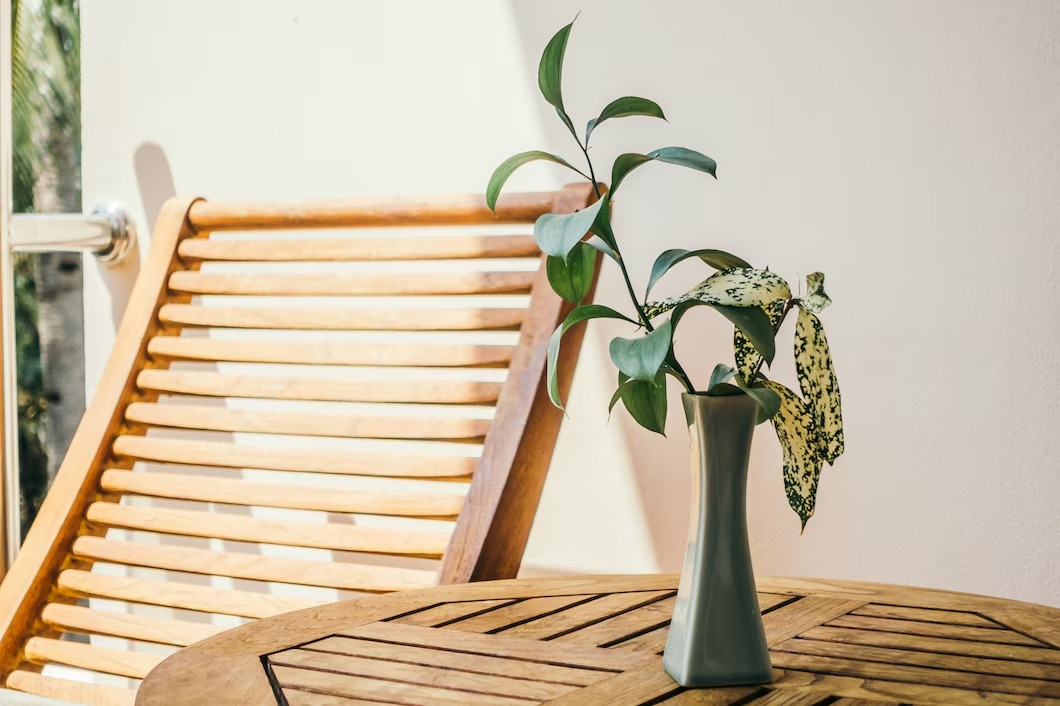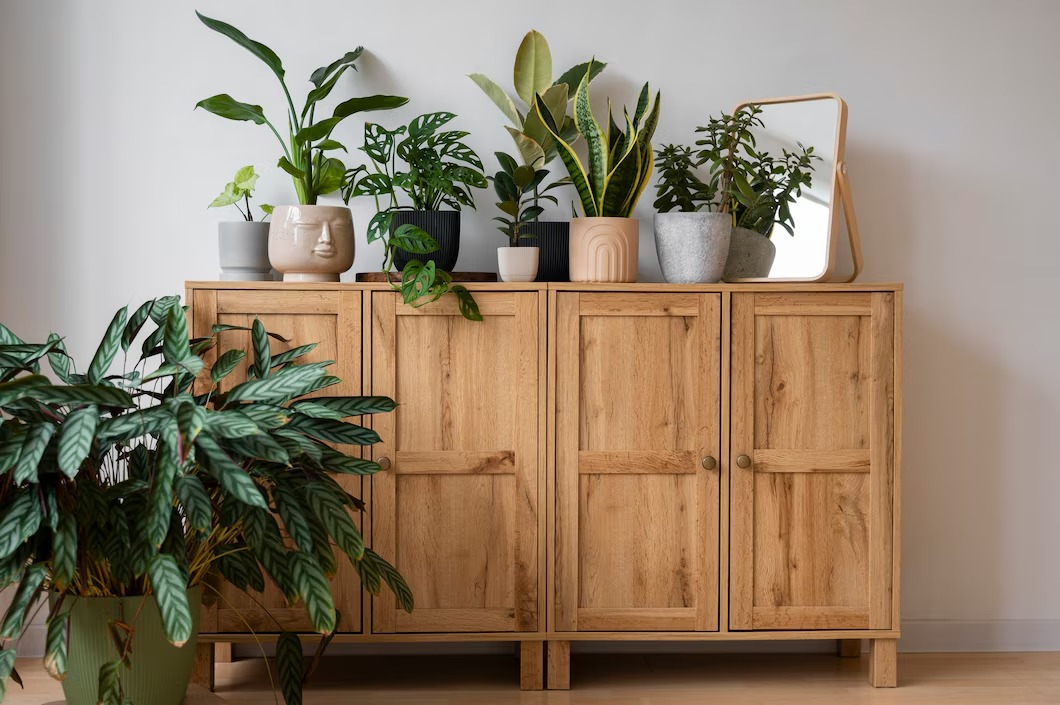Table of Contents:
In today's world, where environmental awareness is more important than ever, eco-friendly interior design is not just a trend; it’s a lifestyle choice. Incorporating sustainable practices with our Residential Interior Designers in Pune into your home decor can reduce your carbon footprint, promote healthier living spaces, and create a beautiful, harmonious environment. Here are some inspiring eco-friendly interior design ideas to help you create a sustainable sanctuary.

When selecting materials for your home with our Residential Interior Designing Pune, prioritize sustainable options. Look for:
Bamboo is one of the fastest-growing plants on Earth, making it a highly sustainable alternative to traditional hardwood. Known for its strength, resilience, and timeless beauty, bamboo fits perfectly into eco-friendly design. Its renewable nature ensures minimal environmental impact while offering interiors a stylish, natural, and durable flooring or furniture option.
Reclaimed wood brings warmth, history, and character to any space. Reusing salvaged lumber reduces the demand for freshly cut trees, directly supporting forest preservation. Each piece tells a unique story through its textures and imperfections, creating eco-conscious interiors that combine sustainability with rustic elegance and undeniable environmental responsibility.
Natural stone offers durability, elegance, and timeless charm while supporting eco-friendly living when sourced responsibly. Choosing locally quarried stone significantly reduces transportation emissions, lowering its carbon footprint. With endless variations in texture and color, natural stone enhances interiors naturally, blending sustainability with style for long-lasting, environmentally conscious home design solutions.
Plants are a fantastic way to enhance your home’s decor while improving air quality. Our Residential Interior Designers in Pune will consider these options:
Choose low-maintenance varieties like snake plants, pothos, or peace lilies. They not only purify the air but also bring a calming, natural vibe into your home, making interiors look fresh and inviting year-round.
If space is limited, a vertical garden creates a lush green accent without taking up floor area. It’s perfect for balconies, living rooms, or even as a decorative wall that instantly adds depth and vibrancy.
A small kitchen herb garden offers beauty with purpose. Fresh basil, mint, or rosemary are not only decorative but also useful for everyday cooking, bringing fragrance and flavor right into your home.
Compact and visually striking, terrariums are great for small spaces or tabletops. They can be customized with succulents, moss, and miniature decor, acting as living art pieces that spark conversation.
Utilize ceiling space with hanging planters. Perfect for trailing plants like ivy or ferns, they add movement and dimension to a room while freeing up surfaces for other decor elements.
Transform balconies into cozy green retreats. Use railing planters, compact shrubs, or flowering plants to make even the smallest outdoor space feel vibrant, inviting, and ideal for morning coffee breaks.
Incorporate aquatic plants like water lilies or lucky bamboo in indoor water features or bowls. These not only look serene but also bring a soothing, Zen-like quality to home interiors.
Bonsais add elegance, artistry, and a meditative presence. These miniature trees require patience and care, becoming a stunning symbol of balance and harmony in any living or work space.
Low-maintenance and endlessly versatile, succulents can be grouped in creative arrangements. Their sculptural shapes and varied colors make them an excellent choice for adding texture and interest to modern interiors.
Lighting plays a crucial role in interior design. By selecting energy-efficient options, you can reduce your energy consumption:
Instead of filling your home with cheap, mass-produced items, focus on quality, timeless pieces that will last. This can include:
The paints and finishes you choose can have a significant impact on indoor air quality.
With more people working from home, creating multi-functional spaces is essential. Here are some ideas:
When shopping for decor items, choose brands that prioritize sustainability. Look for certifications like Fair Trade, Forest Stewardship Council (FSC), or Global Organic Textile Standard (GOTS). Supporting these brands helps promote ethical practices and encourages more businesses to adopt sustainable methods.
Textiles can have a significant impact on both aesthetics and sustainability. Consider:

Transforming your home into an eco-friendly haven doesn’t have to be overwhelming. By incorporating these sustainable design ideas, you can create a beautiful and harmonious space that reflects your commitment to the environment.
Each small change you make contributes to a larger impact, promoting a healthier planet for future generations. Embrace eco-friendly design and watch your home flourish into a sanctuary of sustainability and style. Get an appointment with our Residential Interior Designers in Pune to have a consultation. Contact Xclusive Interiors now!